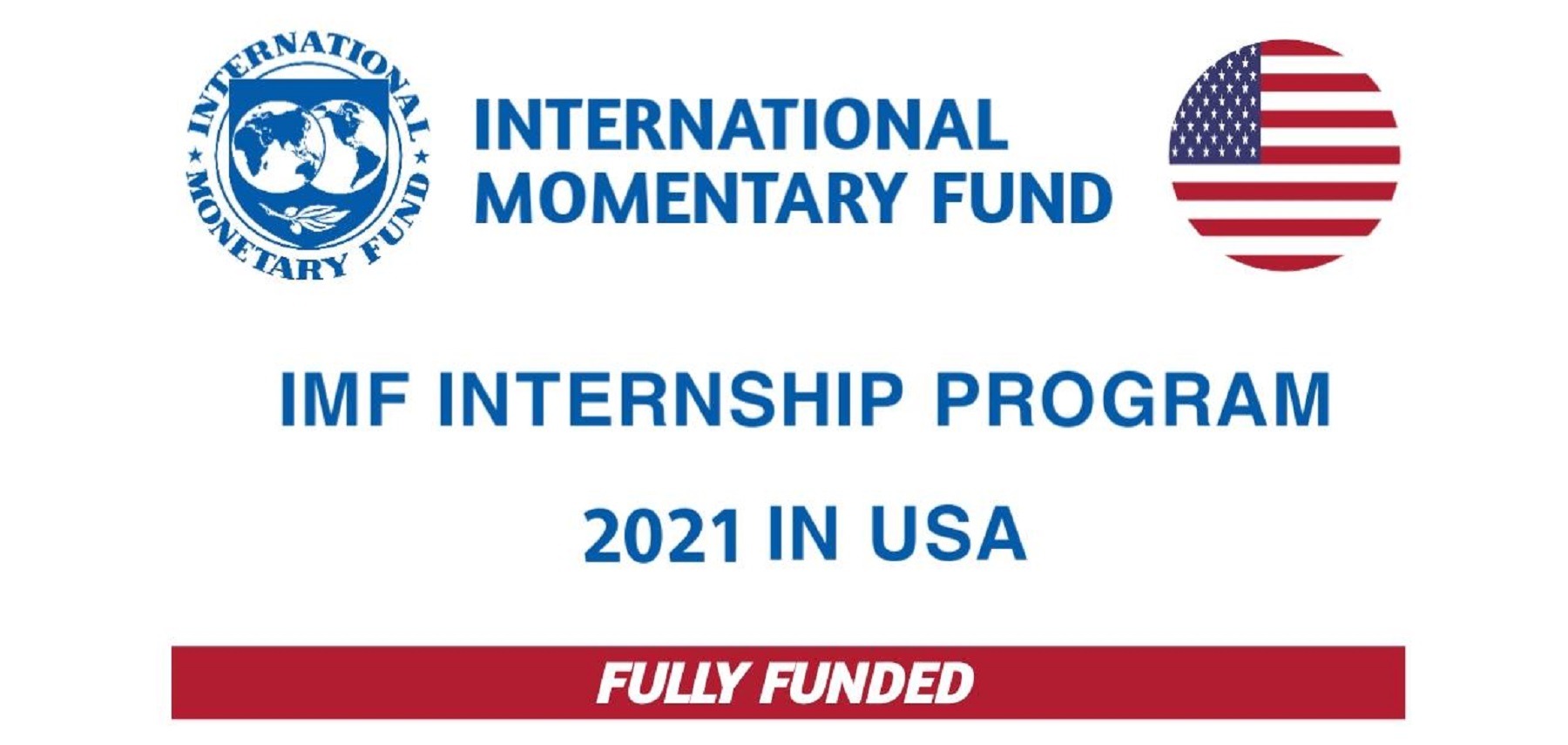- Goal 1: No Poverty
- Goal 8: Decent Work and Economic Growth
- Goal 10: Reduced Inequalities
Challenges and Opportunities for FIP
FIP faces several challenges in the current global economic landscape:
- Slowing global growth: Weakening global demand and trade tensions are slowing economic growth in LICs, making it harder for them to achieve sustainable development goals.
- Rising debt levels: Many LICs have high levels of external debt, which can limit their ability to invest in growth-enhancing programs.
- Climate change: Climate change is increasing the frequency and severity of natural disasters, which can disrupt economic activity and set back development progress.
Despite these challenges, FIP has several opportunities to continue supporting LICs:
- Innovative financing: FIP can explore new and innovative financing mechanisms to mobilize additional resources for LICs.
- Debt relief: FIP can advocate for debt relief measures to reduce the debt burden on LICs and free up resources for development.
- Climate resilience: FIP can provide support to LICs in building resilience to climate change and mitigating its economic impact.
Epilogue
In conclusion, the IMF FIP is a vital tool for supporting economic growth, fiscal stability, and debt sustainability in low-income countries. Its tailored assistance and policy guidance have made a tangible difference in the lives of millions, contributing to poverty reduction, job creation, and improved fiscal management. As the global economy evolves, the FIP will continue to play a critical role in promoting economic resilience and sustainable development in low-income countries.





